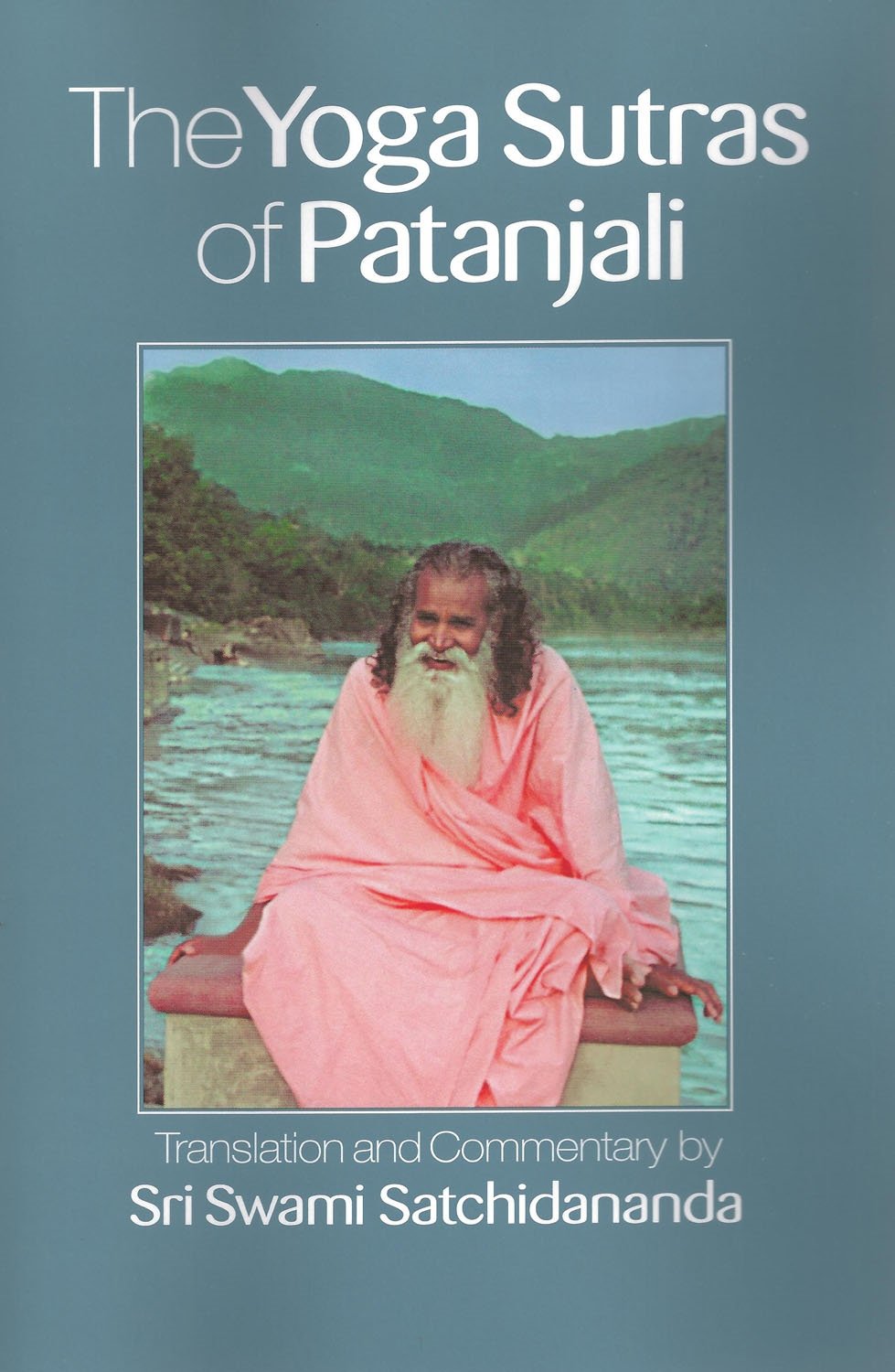
Yoga for asthma is one of the fastest growing dietary therapies today. This practice mimics breathing techniques called pranayama to help patients with asthma breathe more easily. Yoga breathing techniques include pranayama, diaphragmatic and yogic breathing. They are an integral part of many yoga postures. This article will cover some of the breathing techniques that yoga practitioners use. It will also explain how to incorporate yoga-breathing techniques into your daily life.
Diaphragmatic breathing
Patients with asthma can benefit from diaphragmatic breathwork. Diaphragmatic breathing involves breathing in and out of the belly through the nose, rather than from the chest. This breathing technique promotes the exchange of oxygen throughout our bodies. However, the opposite is true: breathing from the mouth can make asthma worse, while breathing from the nose can reduce the risk.
Exhalation should last twice as long and be as comfortable as inhalation for asthma sufferers. You might find it helpful to imagine your exhalation rising toward the sky. Diaphragmatic breathing is a great way to reduce symptoms, especially during strenuous activities. With the help of a healthcare professional, yoga practitioners recommend that asthma patients begin to practice breathing exercises.
Yoga breathing techniques

One of the breathing techniques that can help you with asthma is Yoga. The breathing techniques in Yoga combine movement with deep breathing to help the body relax and relieve asthma symptoms. When you are inhaling, close your eyes. Next, place your fingers inside your ears. As you breathe in, try to expand your chest as far as possible without straining. Exhale slowly until you reach a comfortable pace. Repeat this three- to four more times.
You might find it difficult to breathe while doing yoga. These techniques can help reduce your risk of developing an asthma attack by helping you relax and take in a lot more oxygen. Deep breathing techniques are good for your health. They also help reduce anxiety. This may reduce asthma flare-ups. Yoga can strengthen your breathing muscles and give more control over your breath.
Yoga poses
A variety of Yoga poses are beneficial for people suffering from asthma. These poses are good for circulation, breathing, stretching, and opening the chest and lungs. Those with asthma can do sukasana, bhujangasana, and other poses. Forward bending, for example, is a great way to help asthma. It stretches the chest muscles, opens the lungs, and helps relieve symptoms. This asana can be most easily performed on a flat surface.
A good alternative is the seated spine twist. This position opens the chest and reduces tension in the torso. To do the pose, you need to sit in a chair and reach behind your back to grab the support. To do this, bend your knees and move your arms and torso to the left. You can inhale slowly, lifting your weight off the chest. Now do it on the opposite side. It may take a little practice to get used to the position but the benefits will be worth it.
Yoga breathing paranayams

Yoga's central concept is to use breathing for specific purposes. Asthma can be a chronic lung condition. Stress, anxiety and increased sensitivity towards air pollutants can all contribute to the condition. Yoga breathing techniques can help reduce symptoms of asthma and even permanently cure it. Yoga breathing paranayams help with asthma by teaching the body how it can use its full lung capacity. The patient is also taught how to breathe correctly to manage their asthma.
An asthma attack causes the bronchi to constrict, causing forced exhalation. Normally, exhalation happens passively. Common triggers include smoke, cold air, stress, foreign particles in air, pollen, or other harmful substances. Chanting along with your inhalation can help asthmatics breath better. While some breathing exercises for asthma can be beneficial for anyone, patients with asthma might need to consult a doctor before they are performed.
FAQ
Here are five ways to improve your emotional and mental health.
-
Exercise - It improves brain function and raises energy levels.
-
Sleep – A lot of sleep is good for stress and anxiety.
-
Nutrition – Healthy foods like fruits and vegetables can help you stay strong and energized.
-
Meditation - Meditation regularly can help reduce stress and anxiety.
-
Socialization: Spending time together with family and friends, keeps us happy.
What is the importance of mental health?
Mental health is crucial for everyone. Mental health is vital for anyone. It is important to have a healthy mind.
If we are not feeling well mentally, our bodies will start to show signs of stress. This could cause problems in the body such as backaches, stomachaches, headaches and stomach pains. We must take care of ourselves to keep our minds and bodies balanced.
What does mental health have to do with our daily lives?
Everybody experiences mental illness at some time in their lives. There is one major difference between people with mental illness and those without it: they don't seek out help. Talk to someone when you feel that something isn't right. There are many methods to manage anxiety, depression, and stress. These include medication, therapy or exercise.
These are 5 ways to improve your well-being.
Wellbeing refers to "the state or condition of being physically, mentally, spiritually, and socially well." Our well-being is affected by many factors, including family, work and health. Your first step towards improving your health and well-being is to identify what areas of your daily life are lacking. Next, change these things to improve your well-being.
Here are five easy ways to improve your wellbeing
-
Exercise - It boosts endorphins, which can make us happier.
-
Sleep - Sleeping more than 6 hours per night decreases stress and anxiety.
-
Nutrition - Eating healthy foods (such as fruits and vegetables) will boost your mood.
-
Meditation - Regular meditation can reduce stress and anxiety.
-
Socialization - It is important to spend quality time with our family and friends.
Statistics
- Similarly, while there is some agreement about the boundaries of typical mental disorders 2, there is likely less agreement about those for positive mental health. (ncbi.nlm.nih.gov)
- According to the National Alliance of Mental Illness (NAMI), one in five Americans experiences mental health issues which translates to more than 40 million adults a year. (doctorondemand.com)
- More than 50% will be diagnosed with a mental illness or disorder at some point in their lifetime.3 (cdc.gov)
- Neuropsychiatric diseases are the leading cause of death and disability in the U.S., accounting for 18.7 percent of all years of potential lifespan loss and premature mortality.
- More than 40 million adults in the United States have an anxiety disorder, but less than 37% of people seek mental health treatment for their symptoms. (talkspace.com)
External Links
How To
How to find out if you should seek the help of a mental health specialist
There are some indicators that will alert you to the possibility of professional assistance. You should consult a doctor immediately if you see any of these warning signs.
-
You feel like your control is being lost.
-
You have been experiencing trouble sleeping.
-
Concentrating can cause your thoughts to race.
-
You find yourself thinking about suicide.
-
You feel hopeless.
-
You feel like you don't have enough.
-
You are losing interest in the things you once loved.
-
You've stopped eating.
-
You have become withdrawn.
-
You have started using drugs or alcohol to cope with stress.
-
You are losing friends or family.
-
Other symptoms may include stomachaches, backaches or headaches.
If you have any of these symptoms, it is important to immediately see a doctor.